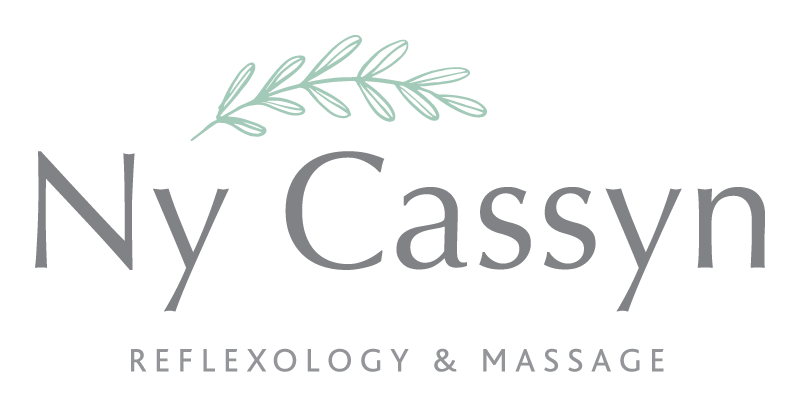History of Reflexology
Although Eunice Ingham devised this method of Reflexology, the history of the therapy dates back to ancient Egypt to approximately 2330bc in Saqqara where a painting was found on one of the tomb walls who highly respected in line to the king. The hieroglyphics can be translated into phrases such as “do not hurt me” “I do as you praise me” and the drawings represent people working on the feet and the hands as is done through Reflexology treatments today.
Evidence has also shown variations of foot Reflexology in China and India around the same era.
Eunice Ingham developed the Ingham method of Reflexology whilst she was working as a Physiotherapist in St Petersburg, Florida for Dr Joe Shelby Riley. Dr Riley had been taught the theory of “Zone Therapy” by Dr William Fitzgerald, who was the co-author of the book ” Zone Therapy or Relieving Pain in the Home” with Dr Edwin Bowers in 1917. They also published later entitled “Zone Therapy or Curing Pain and Disease”.
Dr Riley published his first book entitled “Zone Therapy Simplified” in 1919 due to Dr Fitzgerald’s teachings and continued to use and develop this theory over a number of years.
During her time working in Dr Rileys’ office Eunice Ingham became a pioneer in the development of the therapy and although she used the Zone Therapy theory as the basis her research, she decided to name her work compression massage until it became her decision to rename her work as Reflexology.
She published her first book “The Stories Feet Can Tell” in 1938 and had a further number of books published over the years.
Today, her book “The Stories the Feet can tell” / “The Stories the Feet have told” is available to buy having had some revisions by Eunice’s nephew Dwight Byers who is a tireless supporter of his aunt’s work and holds seminars worldwide to promote the Original Ingham Method of Reflexology.
There are many variations of Reflexology but this method is specifically designed to help those who suffer from medical conditions or illnesses, but as Reflexology is a complementary therapy it does not replace your medical care.
There may be circumstances where Reflexology treatments are not recommended either by your medical caregiver or myself and any decision made will always be based on your wellbeing.



